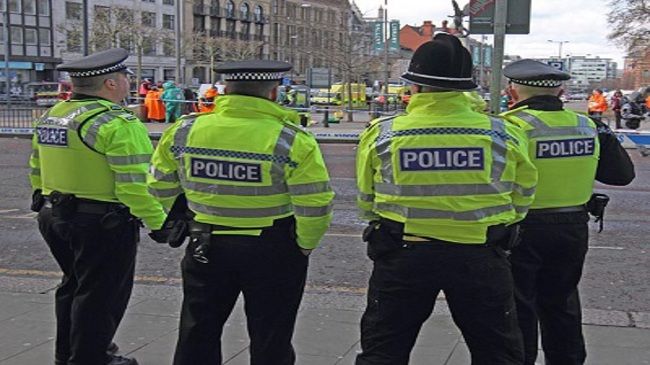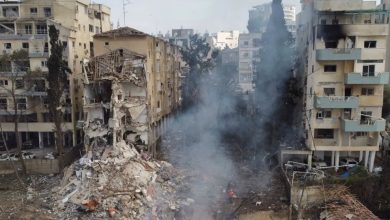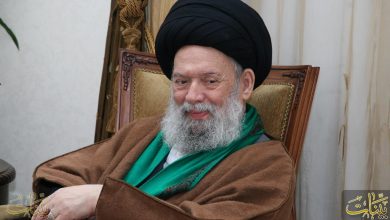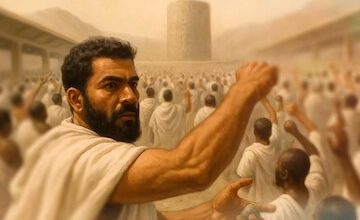People’s police treat protesters like this!

From Stephen Lawrence to today’s Taser revelations, Britain’s forces of law and order have defiled the idea of the public sphere.
“The police are the public and the public are the police,” said the force’s modern founder, Robert Peel, in the early 19th century. Never has a fundamental principle come to sound so hollow.
Everything from the treatment of domestic violence victims and the appalling treatment of the Lawrence family to the Hillsborough campaign smears, undercover spying on protesters and today’s revelations about Taser use – even the stitch-up of a high-level government minister – reveals quite the opposite: that the police regard the public as a dangerous, entirely separate thing, to be surveilled, imprisoned and physically restrained wherever possible.
The police force manifestly does not understand itself to be part of this “other” public, but rather a separate agent dealing with an always potentially dangerous mob, some of whom can be pre-emptively singled out on the basis of poverty, ethnicity or opposition to state policy (or a combination of these) and reminded of their place: big brother is watching you, and if you catch him in the act he’ll harass, smear and stomp on you until you get back in line.
The police are the public, we could say, but not the public of the people, where the term originates, but the public of “public order.”
What we are witnessing, over many decades but creeping on with alarming speed, is the replacement of one notion of the public with another. This idea of “public order,” often linked to notions of minimizing the noise of city life, or of social decorum – but also, and more aggressively, to notions of policing and quashing dissent of any kind – has, not by accident, come to dominate the way in which we see the public as such: less through the eyes of those who benefit from whatever dwindling public provision is left, and more through the eyes of some fantasy about security and private ownership.
It is not inappropriate to ask whether there is anything left of the “public” for the people.
We see this not just in the way police treat protesters, or the way in which the courts regularly throw public order offences such as “affray” and “violent disorder” at the most minor of street transgressions, but also in the way cities are zones of privatized and patrolled space, where the people who actually live there have less and less sense of “belonging” there as security firms, fences, dogs and cameras make it very clear that “shared space” is a utopian fantasy, up there with free water and housing for all.
“Public order” has come to replace ideas of the public sphere, public space, public provision and the public good. But the public on whose behalf the police and the law operate does not, in fact, exist. The public of “public order” allows the law to do what it wants to unfortunate individuals in the name of an imaginary mass of people who supposedly agree with whatever the courts decide.
Meanwhile, the actual public – those bodies and lives that possess real existence – are subsumed by economic imperatives, given little space to roam and no access to common resources.
If older notions of the “bourgeois public sphere” were restrictive in terms of who could participate in supposedly rational discourse, we should rather reclaim the idea of the living people: a global, justifiably angry, living mass, radically opposed to the abstract and nonexistent publics of the law, and even more so to the image of “public order” invoked by the police to keep the rabble in check.
The police are not the real public, and never were. We need to reclaim the public, not merely as an idea but as a practical force and material relation to space – before everything that used to belong, at least in part, to us belongs entirely to them.







